The Hidden Cost of Manual Reporting (and How to Fix It)
Nonprofits depend on data. Boards need to see progress, funders require reports, and staff rely on accurate numbers to guide their work. But too often, pulling those reports means hours of manual effort — exporting spreadsheets, cleaning data, double-checking formulas, and hoping nothing was missed.
The result? Lost time, frustrated staff, delayed insights, and decisions based on incomplete information. Manual reporting doesn’t just slow you down — it costs money, morale, and credibility.
Here’s how to recognize the hidden cost of manual reporting and fix it with smarter systems.
1. The True Cost of Manual Reports
On the surface, a few hours in Excel might not seem like much. But across a year, those hours add up:
Staff spending 5–10 hours a week cleaning data.
Development teams pulling quarterly reports for grants and appeals.
Boards receiving information too late to act on it.
When multiplied, the cost is staggering — hundreds of staff hours per year diverted from fundraising and mission delivery.
2. Signs Your Reporting System Is Broken
Reports take hours (or days) to produce.
Different staff members produce different numbers for the same metric.
Your board has “more questions than answers” after reviewing data.
Funder reports are rushed or inconsistent.
If this sounds familiar, your reporting process is draining more capacity than you realize.
3. Automate Your Dashboards
Instead of starting from scratch every time, automate. Modern CRMs and AI tools allow you to build real-time dashboards that show:
Fundraising progress toward goals.
Donor retention and new acquisition rates.
Grant deadlines and submission status.
Program outcomes tied to impact metrics.
Dashboards can be shared with leadership, updated automatically, and customized for different audiences — staff, board, or funders.
4. Use AI for Summaries and Insights
Numbers tell a story, but staff shouldn’t spend hours writing narrative sections for reports. AI tools can generate first-draft summaries from dashboards, highlighting trends and suggesting next steps. Staff can then refine, ensuring reports are both accurate and compelling.
5. Train Staff to Trust the System
Technology only works when people use it. Provide training on how to access dashboards, interpret reports, and present data with confidence. When staff trust the system, they stop duplicating work in “shadow spreadsheets” and start working from a single source of truth.
The Bottom Line
Manual reporting is a hidden drain on nonprofit resources. By automating dashboards, leveraging AI for insights, and training staff to use the system, organizations can reclaim valuable time, improve decision-making, and strengthen trust with funders and boards.
At Joe Co., we help nonprofits transform messy reporting processes into streamlined, automated systems. If your staff is drowning in spreadsheets, it may be time to fix the hidden cost of manual reporting.
👉 Let’s explore how automation can save your team hours each week.

